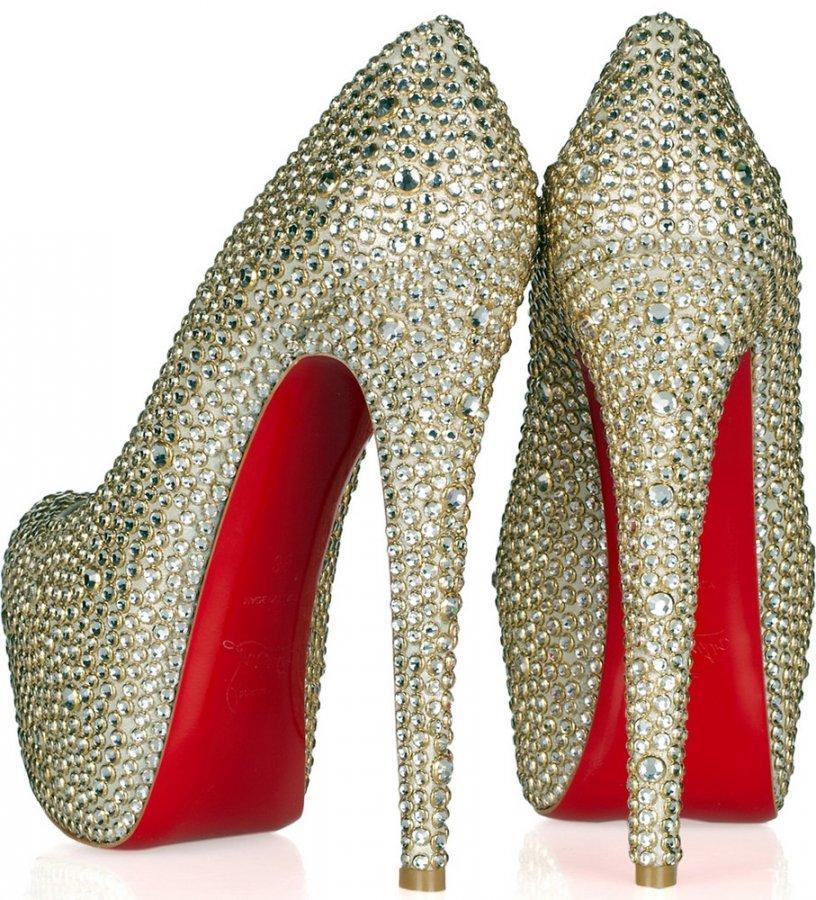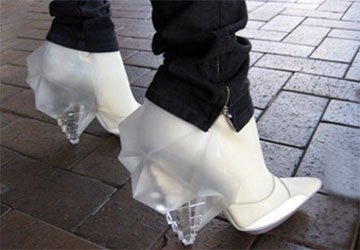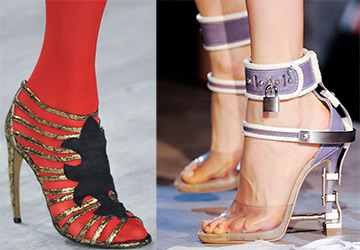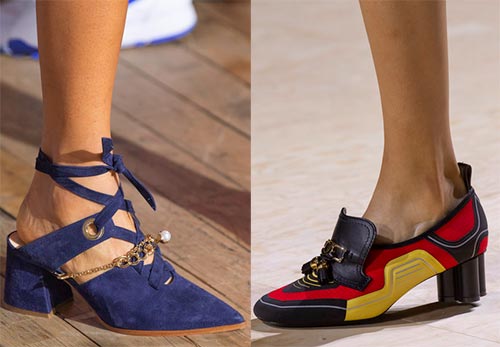Fashion history
Red heels and red soles
The heel is not only the desire of women to be taller and more beautiful. The desire to be on top goes far, into the past, when the presence of heels or special platforms guaranteed the safety of expensive shoes and cleanliness of the feet, because the streets of London and Paris in the old days were covered with a layer of filth and filth.
In addition to keeping the feet free from street dirt, the heels were raised above the crowd and clearly demonstrated that their owner was not particularly stressed. Therefore, heels have become an attribute of the rich and powerful. At the same time, the height of the heel was regulated by law, and anyhow who could not afford heels beyond the rank.
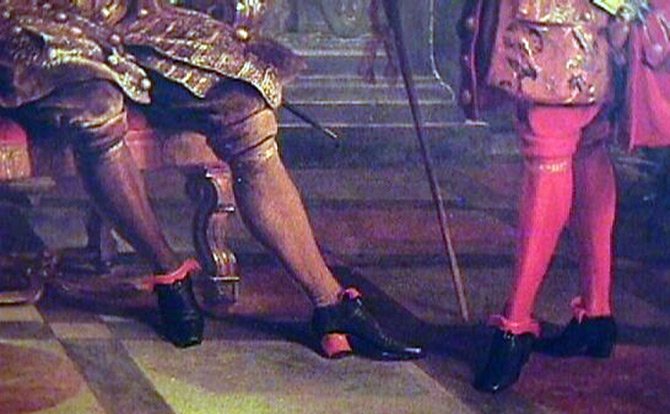
The first mention of heels can be found around 4000 BC in Egypt.
True, it was so long ago and so little has survived that it is difficult to judge the distribution of heels at that time. Therefore, we will immediately pass to the times closer ...
Depending on the fashion, the heels of boots and shoes were dyed in different colors - blue, green, black, but red was of particular importance, which in European countries served as a distinctive feature of the aristocracy.
The famous Sun King Louis XIV made a special contribution to the history of the red heel. For him, they began to decorate shoes with subtle details and red heels. According to historian Philippe Mansel, the color red showed a special position in society. Louis XIV even issued a decree stating that only a person of noble blood can wear red heels.
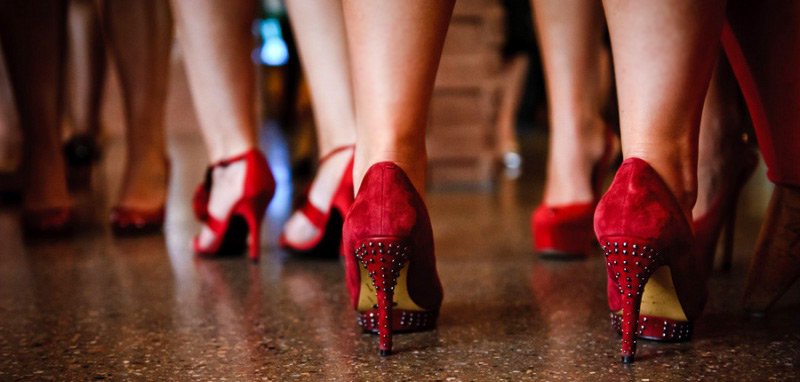
Red heels were not ignored in Russia either. Princes and boyars loved red boots with heels, which can be clearly seen in paintings and illustrations from old books.
After some time, the heels of boots began to be dyed black, and red heels became more common in shoes.
The history of heels has been constantly updated with new inventions. So, at the beginning of the 18th century, they created a "French" heel, or "pigeon paw". Concave inward, it created an optical illusion, visually reducing the distance between the toe of the shoe and the heel. In the twentieth century, a stiletto heel was invented, and Salvatore Ferragamo nailed a metal heel onto it. The Shoe Museum in Florence is named after him.
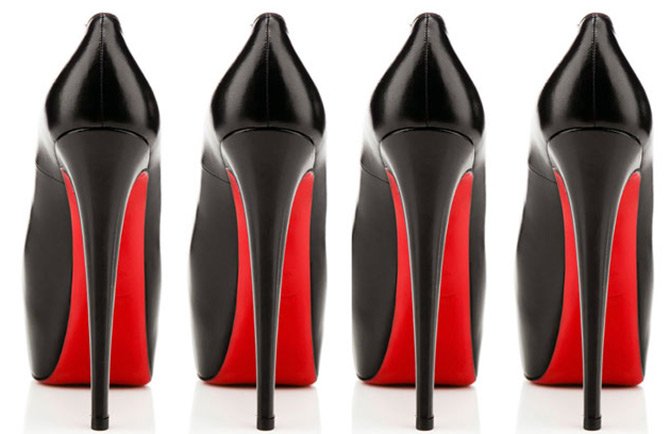
At different times, red heels were made by many fashion houses. Then the red heels were not enough, and it was time for the red sole. You probably remember the confrontation Christian louboutin and Yves saint laurentwho found out in court who has the right to decorate their shoes with red soles.
For people far from fashion and business, the confrontation between brands looks ridiculous, but we, calculating and wise fashionistas, understand the power and power of red heels and red soles. In the old days, kings and aristocracy could wear red heels, but now every woman can feel like a queen, the main thing is to get a pair of beautiful high heels or red soles!
Comments and Reviews
Add a comment
Rating news
Shades of clothing that make women look younger
What shades of hair make women younger: rules and photos
Funny wedding dresses - photos and ideas
12 most expensive down jackets for the winter
How to look 25 at 40: tips from supermodels
Beautiful schoolgirls
Anti-aging haircuts and hairstyles for women
Fashionable skirts for autumn and winter
Fashionable women's trousers for the cold season
Fashionable and stylish sandals for summer 2024
Spring-summer 2024
 Fashionable dresses and tops with thin spaghetti straps
Fashionable dresses and tops with thin spaghetti straps
 Bandana tops: how to wear stylishly and beautifully
Bandana tops: how to wear stylishly and beautifully
 How to put together the perfect men's wardrobe for the summer
How to put together the perfect men's wardrobe for the summer
 Fashionable shorts for spring-summer 2024
Fashionable shorts for spring-summer 2024
 Fashionable skirts for spring-summer 2024: a guide to online shopping
Fashionable skirts for spring-summer 2024: a guide to online shopping
 The most fashionable dresses spring-summer 2024: styles and colors
The most fashionable dresses spring-summer 2024: styles and colors
 Fashionable total look 2024: image ideas and trends
Fashionable total look 2024: image ideas and trends

